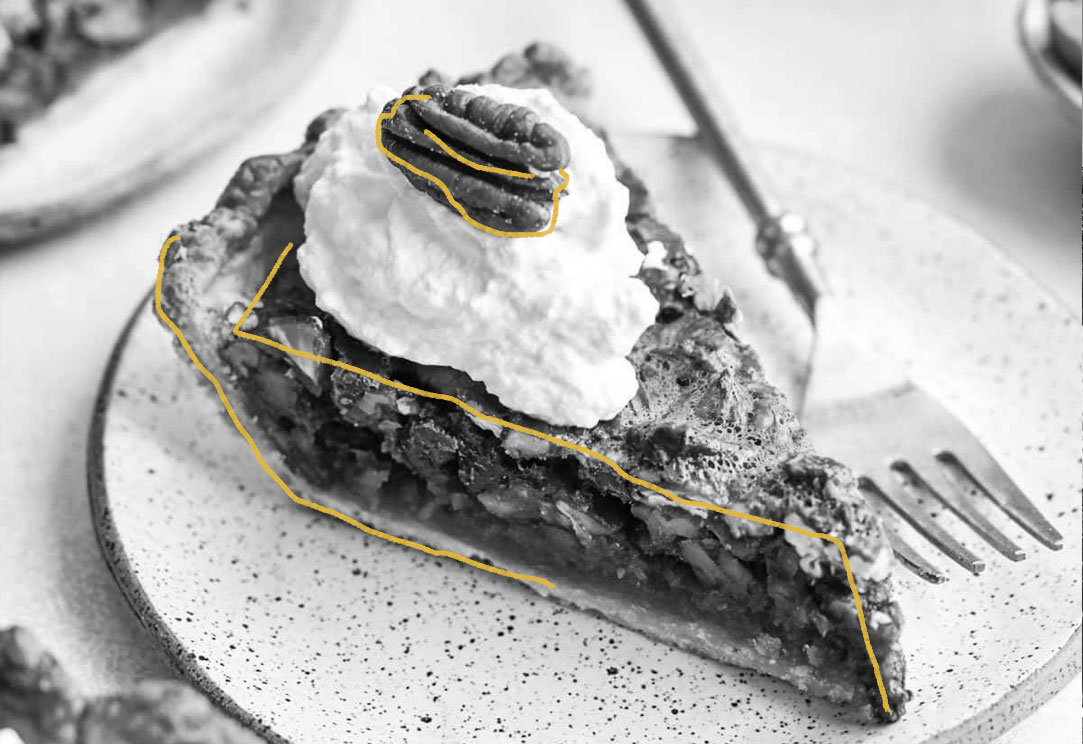Pecans are native to North America and were an important food source for many Indigenous peoples. (In fact, the name pecan may come from the Algonquin word “paccan”). Thomas Jefferson and George Washington both cultivated pecans on their estates. But the pecan industry didn’t take off until 1874, when a young slave known only as Antoine invented a way to graft pecan trees for easy propagation. The method was introduced on the Oak Alley plantation in Vachery, Louisiana and quickly spread throughout the South. By 1867, pecans were being sold as far away as New York and were even exhibited at the World’s Columbian Exposition in Chicago in 1893. As the nuts became more available, Americans began using pecans in their cooking and several magazines mentioned pecan pie in the late 1800s, however, it remained a mostly regionalized dish. Then in 1902, the Corn Products Refining Company of New York and Chicago made Karo Corn Syrup available to consumers. As part of the product launch, the company embarked on a massive marketing campaign, which included running full-page ads in Ladies’ Home Journal and distributing free cookbooks to encourage consumers to use the product. In the 1930s, the wife of a corporate sales executive created the modern pecan pie. Her recipe called for baking corn syrup, sugar, eggs, vanilla, and pecans in a pie shell. Karo promoted her recipe and it quickly eclipsed the regional versions of the dish that had been circulating around the South. In the 1940s, similar recipes began popping up in popular cookbooks, including the Joy of Cooking, and the dessert became well-known across the nation. Today, pecan pie remains a beloved American dessert and is often a staple offering at holiday celebrations.

Your go-to guide for weird history facts
Subscribe to the FREE daily email that makes learning about history fun.


